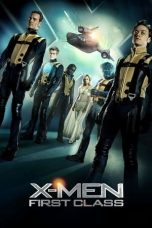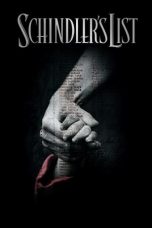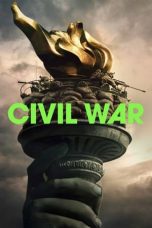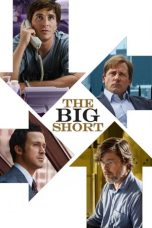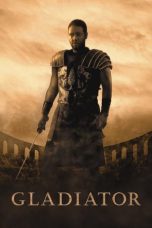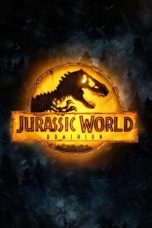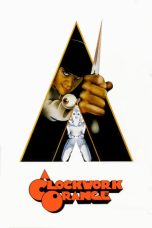- Source: Insectoids in science fiction and fantasy
In science fiction and fantasy literatures, the term insectoid ("insect-like") denotes any fantastical fictional creature sharing physical or other traits with ordinary insects (or arachnids). Most frequently, insect-like or spider-like extraterrestrial life forms is meant; in such cases convergent evolution may presumably be responsible for the existence of such creatures. Occasionally, an earth-bound setting — such as in the film The Fly (1958), in which a scientist is accidentally transformed into a grotesque human–fly hybrid, or Kafka's famous novella The Metamorphosis (1915), which does not bother to explain how a man becomes an enormous insect — is the venue.
Etymology
The term insectoid denotes any creature or object that shares a similar body or traits with common earth insects and arachnids. The term is a combination of "insect" and "-oid" (a suffix denoting similarity).
History
Insect-like extraterrestrials have long been a part of the tradition of science fiction. In the 1902 film A Trip to the Moon, Georges Méliès portrayed the Selenites (moon inhabitants) as insectoid. The Woggle-Bug appeared in L. Frank Baum's Oz books beginning in 1904. Olaf Stapledon incorporates insectoids in his 1937 Star Maker novel. In the pulp fiction novels, insectoid creatures were frequently used as the antagonists threatening the damsel in distress. Notable later depictions of hostile insect aliens include the antagonistic "Arachnids", or "Bugs", in Robert A. Heinlein's novel Starship Troopers (1959) and the "buggers" in Orson Scott Card's Ender's Game series (from 1985).
The hive mind, or group mind, is a theme in science fiction going back to the alien hive society depicted in H. G. Wells's The First Men in the Moon (1901). Hive minds often imply a lack, or loss, of individuality, identity, or personhood. The individuals forming the hive may specialize in different functions, in the manner of social insects.
The hive queen has been a figure in novels including C. J. Cherryh's Serpent's Reach (1981) and the Alien film franchise (from 1979).
Insectoid sexuality has been addressed in Philip Jose Farmer's The Lovers (1952) Octavia Butler's Xenogenesis novels (from 1987) and China Miéville's Perdido Street Station (2000).
Analysis
The motif of the insect became widely used in science fiction as an "abject human/insect hybrids that form the most common enemy" in related media. Bugs or bug-like shapes have been described as a common trope in them, and the term 'insectoid' is considered "almost a cliche" with regards to the "ubiquitous way of representing alien life".
In expressing his ambivalence with regard to science fiction, insectoids were on his mind when Carl Sagan complained of the type of story which "simply ignores what we know of molecular biology and Darwinian evolution.... I have...problems with films in which spiders 30 feet tall are menacing the cities of earth: Since insects and arachnids breathe by diffusion, such marauders would asphyxiate before they could savage their first metropolis".
Examples
A wide range of different fiction has featured different insectoids ranging from characters and races:
= Literature
=Science fiction writer Bob Olsen (1884–1956) wrote a sequence of short stories, two of which involve humans experiencing the life of ants ("The Ant with the Human Soul", Amazing Stories Quarterly, Spring/Summer 1932 and "Perils Among the Drivers", Amazing Stories, March 1934) and one ("Six-Legged Gangsters", Amazing Stories, June 1935) told from the ants' point of view.
L. Sprague de Camp's novel Rogue Queen (1951), describes the methods of procreation and social mores in a humanoid society patterned after bees.
= Comics
=Marvel Comics
The Arthrosians
The Brood
Bug
The Chr'Ylites
The Horde
Human Fly
The Klklk
The Kt'kn
The Sakaaran Natives
Miek
The Sligs
The Sm'ggani
The Vrellnexians
DC Comics
The Bugs of New Genesis
Forager
Mantis
Charaxas
The Circadians
The Freshishs
Hellgrammite
Insect Queen
The Kwai
The Progeny
Red Bee II
The Tchk-Tchkii
The Tyreans
Image Comics
The Thraxans
= Games
=The Tyranids from Warhammer 40,000
The Grekka Targs and Skrashers from StarTopia
The Thri-kreen from Dungeons & Dragons and especially the Dark Sun and Spelljammer settings, "praying mantis man" appearing as antagonists and a player character race.
The Rachni from Mass Effect
The Zerg from StarCraft
= Films
=The Bugs from Men in Black
The Bugs from Starship Troopers
The Wasp Woman from Monkeybone
The Xenomorph from the Alien franchise
= Television
=Beetlemon and Stingmon from the Digimon franchise
Buzz-Off and Webstor from Masters of the Universe
The Empress of the Racknoss, the Malmooth, the Time Beetle, the Vespiform, the Viperox, the Wiirn, and the Zarbi from Doctor Who
The Irkens from Invader ZIM
Stingfly from A.T.O.M.
Sweet-Bee from She-Ra: Princess of Power
The Xindi-Insectoids from Star Trek: Enterprise
See also
Bug-eyed monster
Insects in mythology
Insects in religion
List of fictional arthropods
List of reptilian humanoids
List of piscine and amphibian humanoids
References
External links
Kata Kunci Pencarian:
- Insectoids in science fiction and fantasy
- Insectoid
- List of reptilian humanoids
- Group mind (science fiction)
- Asimov's Science Fiction
- Sex and sexuality in speculative fiction
- List of avian humanoids
- List of aquatic humanoids
- Insects in mythology
- Extraterrestrials in fiction
Civil War (2024)
Gladiator (2000)
A Clockwork Orange (1971)
No More Posts Available.
No more pages to load.
